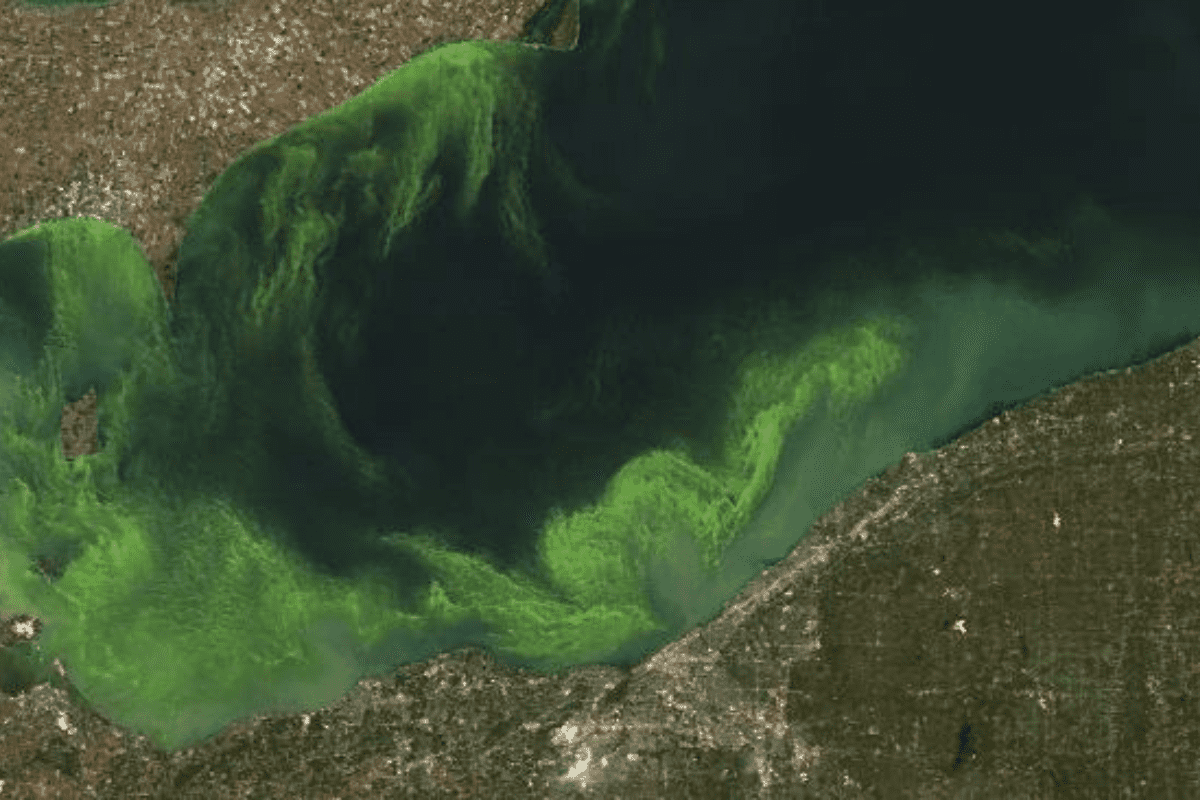
PROJECT DETAILS
- Project No 1031
- Project Name Ultrasound for Control of Cyanobacteria
- Lead Organisation Water Corporation
- Research Lead University of Adelaide
- Main Researcher Carl Howard
- Completion Year 2012
Project Description
Cyanobacterial blooms are a major problem for reservoir managers because of the large numbers of cells and the toxins they contain. These blue-green algae blooms have traditionally been treated with the algaecide copper sulphate, but this was expensive and unsustainable because it killed non-target species and left residual contaminants. This research examined and rejected alternatives: other copper-based algaecides, hydrogen peroxide, substances that trap cyanobacterial-growth supporting nutrients on the floor of the reservoir, and mechanical surface mixers. Laboratory experiments that tested the ability of ultrasound to prevent the photosynthetic cyanobacteria from floating at the depth that optimises light absorption were initially promising because the ultrasound reduced photosynthesis and metabolism and the blue-green algae died. Unfortunately, when an ultrasound system was deployed in a reservoir, the much larger volume of water attenuated and ‘absorbed’ the low-power ultrasound and led to the conclusion that sustainable, environmentally friendly levels of ultrasound do not provide effective control of blue-green algae. This rigorously conducted scientific study has generated useful information about methods which do not work, and resources can now be directed to promising new innovations.





